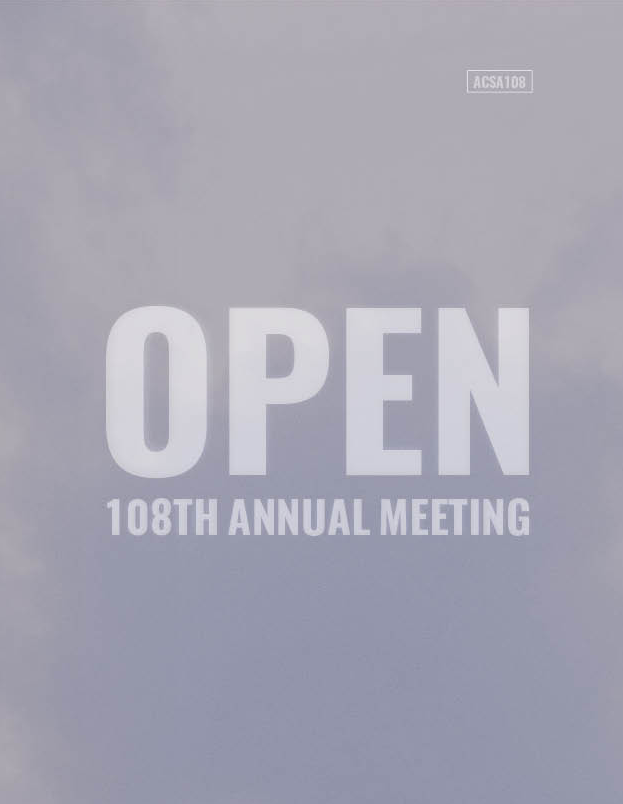Author(s): Faysal Tabbarah
The paper describes the theoretical framework, design and technical processes behind Where do the Twigs Go?, a temporary 3000 ft2 spatial construct in Dubai, United Arab Emirates. The project is made primarily out of scavenged palm fronds, palm leaves and paper pulp from recycled paper. The paper describes how the relationship between the theoretical framework, design and technical processes work to: 1. Integrate painterly attitudes and workflows into contemporary computational design methodologies and highly standardized modes of sustainable design production; 2. Rethink how ideologies and practices of Environmentalism impact architectural practice in the Middle East and North Africa. The brief was to create five 500 ft2 temporary exhibition spaces that operate as a public spatial landscape. Each of the five differentiated spaces is defined by highly textured exterior surfaces constructed through the layering of natural (i.e. Palm fronds and leaves) and synthetic materials (i.e. Paper pulp) to create conditions that challenges the visitors’ assumptions about material, construction, and the environment. The textures recede in the interior spaces, giving primacy to the exhibition material. Ultimately, the spatial composition, materiality and curatorial framework create an activated public space. Materially, the non-linear structuring of textured surfaces with natural and recyclable synthetic materials emerged by asking a child-like question: Where do the twigs go? The question emerged from an attempt at rethinking the life span of materials used in constructing temporary structures. Thus, the project explores the potential second life that plant matter can have between the time they are harvested, and the time they turn to compost? The answer presented here comes in the form a thickened yet porous structural wall. The paper is structured in three parts. First, it describes the theoretical framework that drives the larger body of work. Second, the paper describes the design process and its relationship to the framework. The project developed through a digital/analogue workflow that moved between scavenging for natural material, 3D scanning, digital simulations, systems. Third, the paper describes the construction process. Throughout, the paper maps the alternative modes of material sourcing that have to take place in such a project, and the industry relationships that facilitate these alternative sourcing processes. At the end of its 7 days short life, all elements of the project have been composted or recycled.
https://doi.org/10.35483/ACSA.AM.108.26
Volume Editors
ISBN
978-1-944214-26-5

 Study Architecture
Study Architecture  ProPEL
ProPEL 
